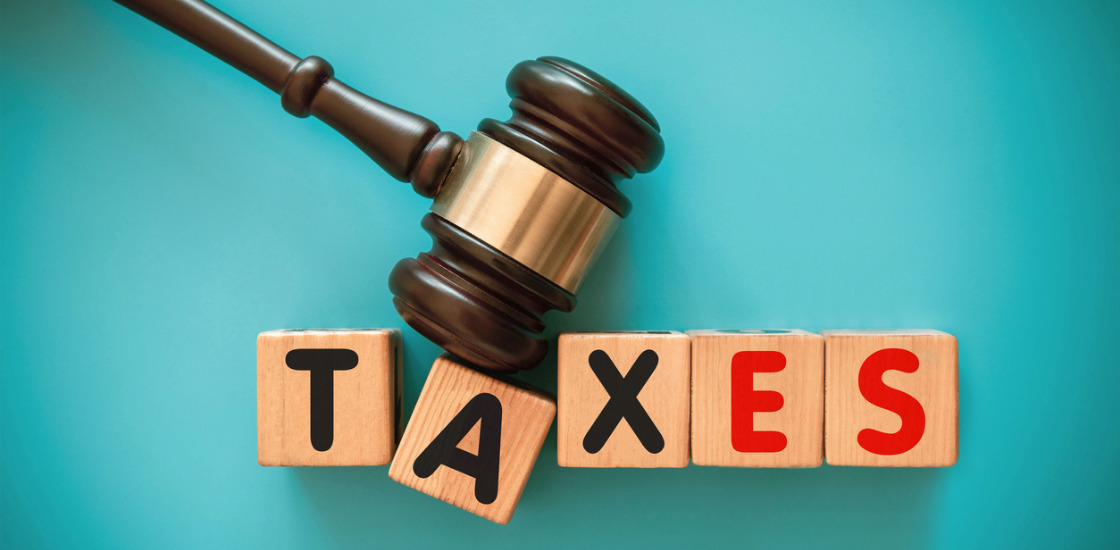When it comes to looking up sales and use tax rates, our DOTS FastTax service has you covered. This service provides users with the option to look up rates by city and state, county and state, zip code or address. Searching by address is the recommended method, as doing so enables the service to perform a deep dive query and take advantage of multiple data sets such as Streamlined Tax data and US Census data. Streamlined data can offer accurate tax rate information down to the address level, but data coverage is limited. Census boundary data can be used to compensate and help identify potential unincorporated areas where local sales and use tax rates are not applicable.
What is Streamlined data?
Put simply, the Streamlined Sales and Use Tax Agreement (SSUTA) is a multi-state effort to try and provide a simpler sales tax system, which led to the creation of the Streamlined data set. The organization states,
One of the most difficult tax issues for a business is keeping up with the local taxes and knowing when a sale is inside or outside a local government jurisdiction.
Each Streamlined Member State must provide a database with the tax rate for every local jurisdiction. In addition, each state must provide a database that identifies all tax rates that apply within each 9 digit and 5 digit zip code area. Some states provide the tax rates based on the specific address.
When it comes to querying tax rates, having a state provide sales and use tax rate data at the address level is the best possible scenario. This is because tax district boundaries are not obligated to follow city boundaries. Tax districts may extend outside of city limits and some special districts, where rates differ from normal city rates, may exist within city boundaries. However, if the state provides rates for an individual address, then concerns for special districts and if the address is in an unincorporated area or not need not apply. The rates for the address are simply what the Streamlined data say they are.
Which states use Streamlined (SSUTA) data?
According to the Streamlined Sales and Use Tax Agreement site FAQ, “twenty-four of the forty-five states with a general sales and use tax have passed the conforming legislation.” Twenty-three of these twenty-four states are what they call Full Member States (FMS). An Full Member State is a state that is in full compliance with the Streamlined Sales and Use Tax Agreement and where Streamlined data is available. Currently this leaves one Associate Member State (AMS), Tennessee, that is not yet fully compliant with the Streamlined Sales and Use Tax Agreement. For a list of all member and non-member states, as well as more general information, please visit the Streamlined State Detail page.
How Census data can help with tax rate queries
According to the U.S. Census Bureau, general sales and gross receipts taxes comprise over 33 percent of total state tax collections. The sales tax is second only to personal income taxes as the largest source of state revenue.
The Streamlined data was created partly due to the concern that substantial tax revenue was being lost on internet and mail order sales. Even though Streamlined data was created to help address this issue and to try and simplify tax collection, its coverage is limited. There are only twenty-four member states and according to the Streamlined website, the total population of these states only represent 33% of the country’s population. For non-member states where Streamlined data is not available, whether an address resides in an incorporated or unincorporated area is a concern.
The US Census Bureau (USCB) produces various Topologically Integrated Geographic Encoding and Referencing (TIGER) datasets that are designed for use with Geographic Information Systems (GIS) and various mapping projects. TIGER products are widely used in many US related geolocation solutions, including our own DOTS Address Geocode – US service, and are considered a standard when it comes to working with geographic locations and features in the US and its territories.
As previously mentioned, tax district boundaries are not obligated to correspond with city boundaries; however, city boundaries can be used to help determine if an address is in an unincorporated or not.
Incorporated and unincorporated places
The US Census Bureau (USCB) defines an incorporated place as a geographic area with legally defined municipal boundaries under the laws of the state in which it is located. Its counterpart, the Census Designated Place (CDP), is not legally incorporated under the laws of the state in which it resides. While the US Census Bureau and individual states do not explicitly define what constitutes an unincorporated place, it is generally considered that any place that is not an incorporated place is by default unincorporated. This includes Census Designated Places as well as many areas that reside outside of incorporated place boundaries.
Identifying if an address resides in an unincorporated place can be difficult at times. An address need not reside in some rural outskirt to be considered in an unincorporated area. Please read our blog on how to identify incorporated and unincorporated places in the US for more information.
Adding geocoding to the mix
For many states, tax data is organized into tables by city and county names and address level data is not an option. You may be thinking, “Why query tax rate data by address if the data does not exist in that format?” While tax rate data is often not organized by address, determining if the place is incorporated or not requires having the full address.
In order to determine if an address is unincorporated or not, we must first geocode it. Simply put, address geocoding refers to the process of transforming an address into a set of geo-coordinates that can be used to point to its location on a map. Address geocoding is a complex process with its own set of challenges and nuances, from understanding the difference between mailing addresses and physical address, to the US Census Bureau’s constant struggle with people thinking that ZIP codes are boundaries when they are not. This is why our FastTax service leverages the power of our Address Geocode – US service to geocode US addresses.
Improved US Census data coverage
The primary focus of our geocoding services is exactly that, geocoding. However, the value of including supplemental data is not lost on us. This is why our geocoding services were updated to be able to return census information, including more accurately defined incorporated and unincorporated flags. As long as we are able to geocode an address down to the property level, we will be able to use these coordinates to determine if it resides within an incorporated place, a Census Designated Place, or if it resides outside of any incorporated boundary and falls under the purview of the county.
The reason why a property level match is so important is because boundaries of incorporation can sometimes appear a bit strange, as can be seen in the examples provided in the previously mentioned blog on how to identify incorporated and unincorporated places in the US. Even without odd looking boundary lines, the most common cases are literal edge cases, where one side of a street will be incorporated and the other side not.
With property level precision, we are able to accurately determine the location of an address and cross check it against the latest boundary data from the US Census Bureau. Overall, this means better coverage of incorporated areas and their unincorporated counterparts. This helps not only the geocoding services, but services that use them, like our FastTax service.





